With interest rates still hovering between 6.5% and 7% and the median home price in the U.S. around $422,000 as of May, getting on the property ladder for Gen Z and millennials is proving harder than ever. Most Americans need to earn six figures to have a hope of qualifying for a mortgage.
It’s hardly surprising that the number of first-time homebuyers is now at an all-time low, according to the National Association of Realtors (NAR). Adding to the rental demand are seniors opting for rental properties over mortgages and the associated property maintenance costs.
All this means is that landlords are emerging as the clear winners.
The Number of First-Time Homebuyers Has Plummeted
According to NAR data shared with Fortune, the number of first-time homebuyers has plummeted from 3.2 million in 2004 to 1.14 million in 2024. Unless there is a significant shift in interest rates, inventory, or wages, Fortune reports that these numbers are unlikely to change anytime soon.
“We’re seeing a reshaping of the housing ladder,” Alexandra Gupta, a real estate broker with The Corcoran Group, told the outlet. “Some first-time buyers are turning to long-term renting or even co-living models because the idea of owning a home has become so out of reach.” Others are relying on family support, she added.
Homebuilders Are Reinvesting Profits to Offer 5% Interest Rates
The Wall Street Journal reports that homebuilders such as D.R. Horton and Lennar have been recycling profits back into their businesses by subsidizing loans for buyers, offering mortgages at 5% to help move inventory. However, even with the lower rates, buyers are still struggling to come to the table.
According to the Journal, as of March, builders have more completed but unsold homes than at any time since 2009, when the financial crash decimated markets and mortgage approval rates. And at the end of last year, says the National Association of Realtors, people buying their first homes were around 38 years old, approximately a decade older than in previous generations. These first-time buyers had a median household income of $97,000 and put a 9% down payment on their property.
You Need a Six-Figure Income to Get on the Property Ladder
A study from the Harvard Joint Center for Housing Studies shows that a family would need to earn $126,700 a year to afford monthly payments on a median-priced home purchased in 2024, up from $79,300 annually in 2021. This unaffordability of housing for younger buyers has fallen into the lap of landlords, who have seen vacancy rates drop and rents rise.
According to the Journal, the number of renter households in the U.S. has climbed to a record 46 million. Renewal rates have tightened nationwide, according to RentCafe, with nine renters competing for each vacant apartment, and 63.8% of renters renewing their leases, up from 62.4% a year ago.
The U.S. had a robust 93.3% occupancy rate as of the start of July, the same as the previous year. While Brooklyn, New York, remained one of the most competitive rental markets, even Miami, after a period of cooling off, had heated up, attracting millennials and Gen Zers with job opportunities and the absence of state taxes.
On the West Coast, the Los Angeles wildfires earlier this year led to increased demand, with 18 renters competing for every unit, up from 14 last year, according to RentCafe.
Renting Is Surging Amongst the Older Generation
According to a study by Point2Homes, it’s not just the younger generations who are choosing to rent. Older generations, too—particularly those aged 65+—are renting more than they did a decade ago.
Around 30% more seniors, or approximately 2.4 million, are opting to rent rather than buy over the last 10 years. Contributing factors include downsizing, higher mortgage costs, and a preference for living closer to family members. The 55-64-year-old age group has also increased in renters compared to a decade ago, by half a million, often due to divorce or in search of career flexibility.
“Many seniors are on fixed incomes, making them especially sensitive to housing costs,” Realtor.com economist Jiayi Xu said. “In today’s high-price, high-interest-rate environment, buying a home can feel riskier and more financially burdensome than it was a decade ago. At the same time, the rise of senior-focused rental communities—offering accessible design, social amenities, and supportive services—has made renting a more budget-friendly and manageable option.”
Florida Is No Longer the Draw It Once Was
The Sunbelt remains a significant draw for retirees, but Florida is no longer the traditional stronghold they are moving to, as the Point2Homes analysis reveals. Here are the top 10 hot spots for people aged 65+, with growth rates from 2013 to 2023:
- Baton Rouge, Louisiana: Up 88.7%
- Jacksonville, Florida: Up 83.7%
- Austin-Round Rock, Texas: Up 81.1%
- New Orleans-Metairie, Louisiana: Up 69.7%
- Dallas-Fort Worth-Arlington, Texas: Up 66.5%
- Raleigh, North Carolina: Up 63.5%
- Bridgeport-Stamford-Norwalk, Connecticut: Up 60.4%
- Houston-The Woodland-Sugar Land, Texas: Up 60.3%
- Lakeland-Winter Haven, Florida: Up 54.1%
- Charlotte-Concord-Gastonia, North Carolina-South Carolina: Up 53.5%
“As a real estate agent in Louisiana, I’m seeing more seniors renting in Baton Rouge and New Orleans because it just makes life easier,” agent Erin Hybart told Realtor.com. “A lot of them are selling bigger homes to avoid rising insurance costs and the hassle of upkeep. Things like yard work are just getting [to be] too much in this heat.”
The staggering increase in older renters outside of Florida is due in part to extreme weather, as well as insurance and HOA costs, making the Sunshine State no longer the draw it once was for retirees looking to own a condo. Instead, renting elsewhere is a more cost-effective option.
Says Realtor.com’s Xu:
“Compared to Florida, which has long been a popular but increasingly expensive retirement destination, many parts of Louisiana, Texas, and the Carolinas offer more affordable housing and cost of living, which is especially important for seniors living on fixed incomes. In today’s high-price, high-interest rate environment, buying a home can feel riskier and more financially burdensome than it was a decade ago. At the same time, the rise of senior-focused rental communities—offering accessible design, social amenities, and supportive services—has made renting a more budget-friendly and manageable option.”
Final Thoughts
Would-be homebuyers are getting squeezed on both sides of the property ladder—both on the entry and exit levels. First-time homebuyers often struggle to afford deposits and mortgage payments. At the same time, older retirees find that renting is a more affordable option, especially when they factor in taxes, insurance, and maintenance costs.
Investors have a wide range of options available to them. Certainly, if money is not an issue — i.e., an investor is buying with cash or making a sizable down payment—then they are in an enviable position with a vast tenant pool from which to choose.
Due diligence should then follow, by analyzing the data to see which market they are best suited to—possibly a co-living space for younger tenants or senior living for older ones. Many areas are seeing demand from both ends of the demographic spectrum.
The chronic shortage of housing, coupled with the high cost of acquiring it, means that demand for rentals is unlikely to wane anytime soon. Buying right, while the competition sits on the sidelines waiting for interests to drop, could pay dividends for years to come.
A Real Estate Conference Built Differently
October 5-7, 2025 | Caesars Palace, Las Vegas
For three powerful days, engage with elite real estate investors actively building wealth now. No theory. No outdated advice. No empty promises—just proven tactics from investors closing deals today. Every speaker delivers actionable strategies you can implement immediately.









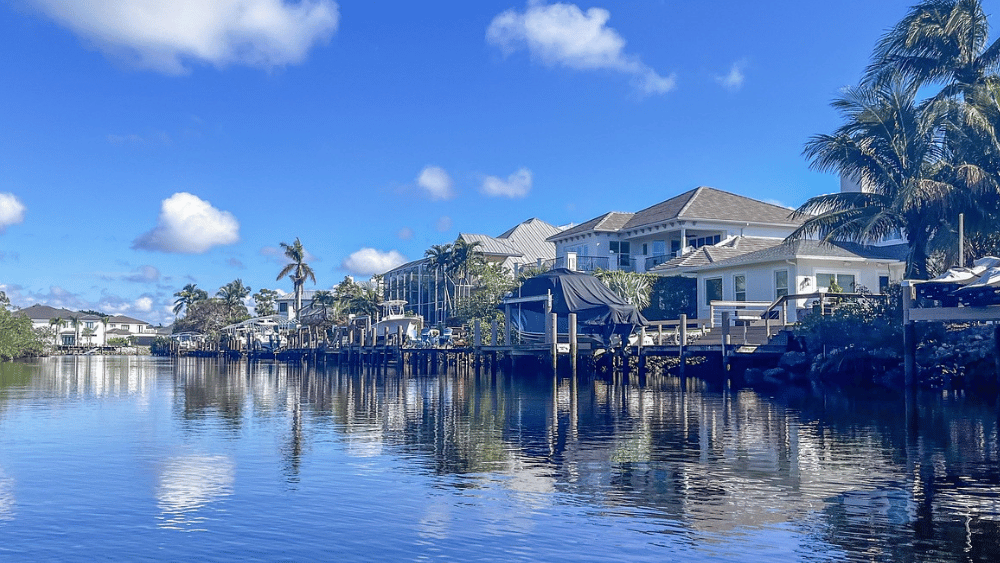
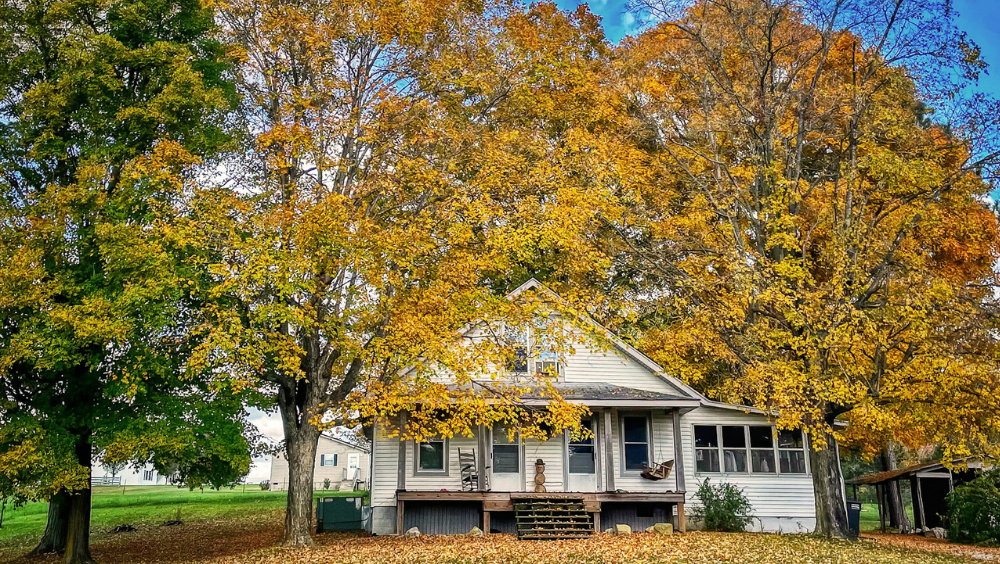
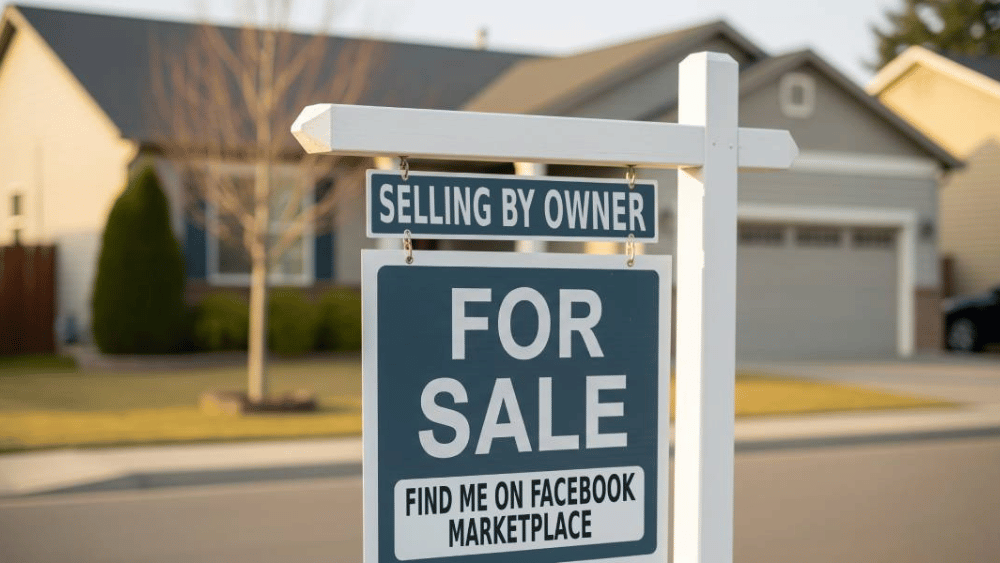


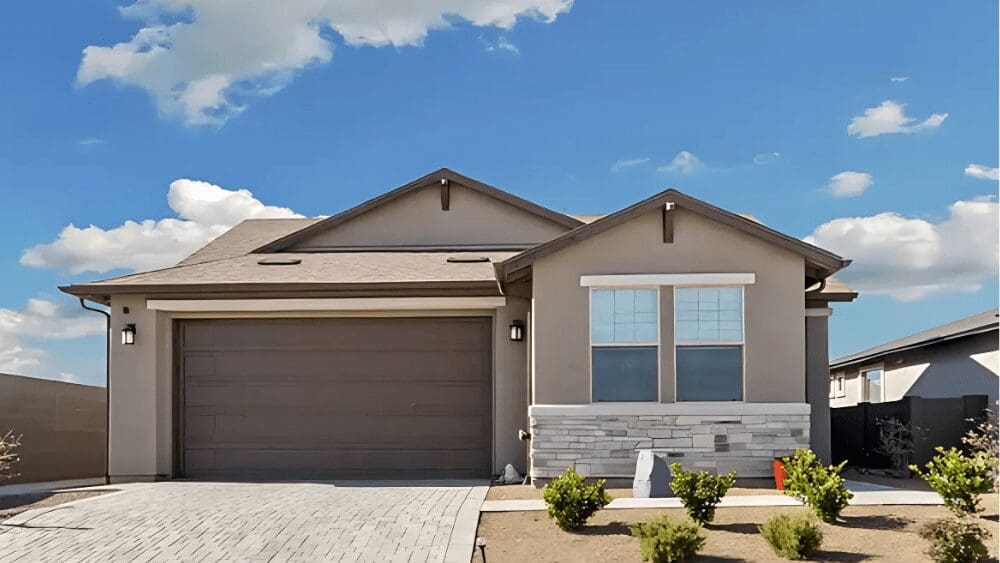



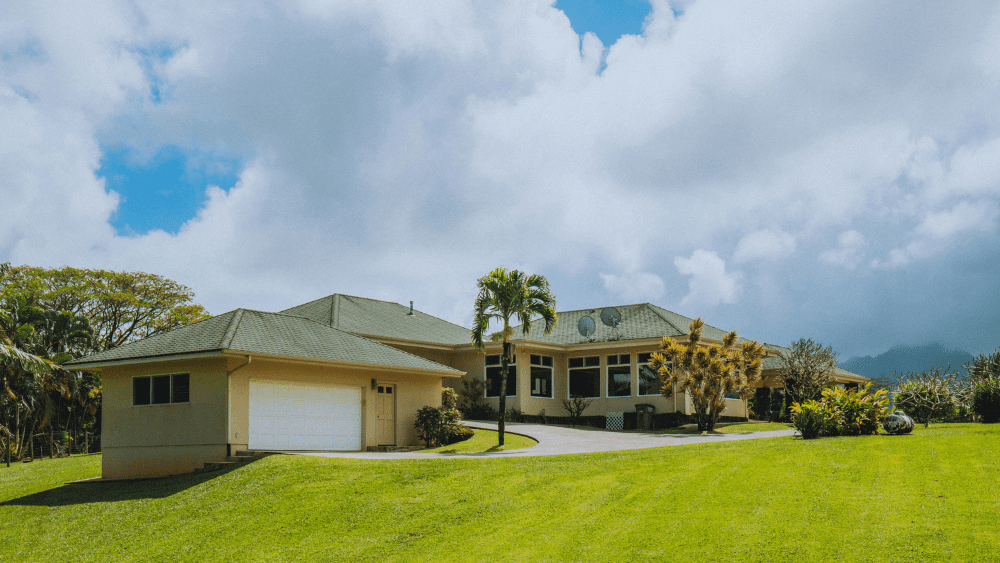
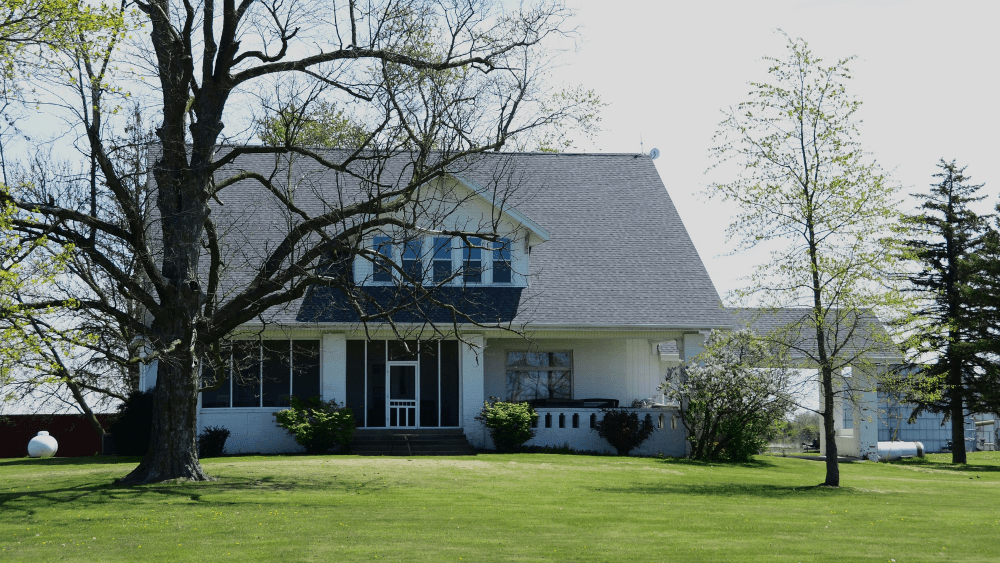
 English (US) ·
English (US) ·